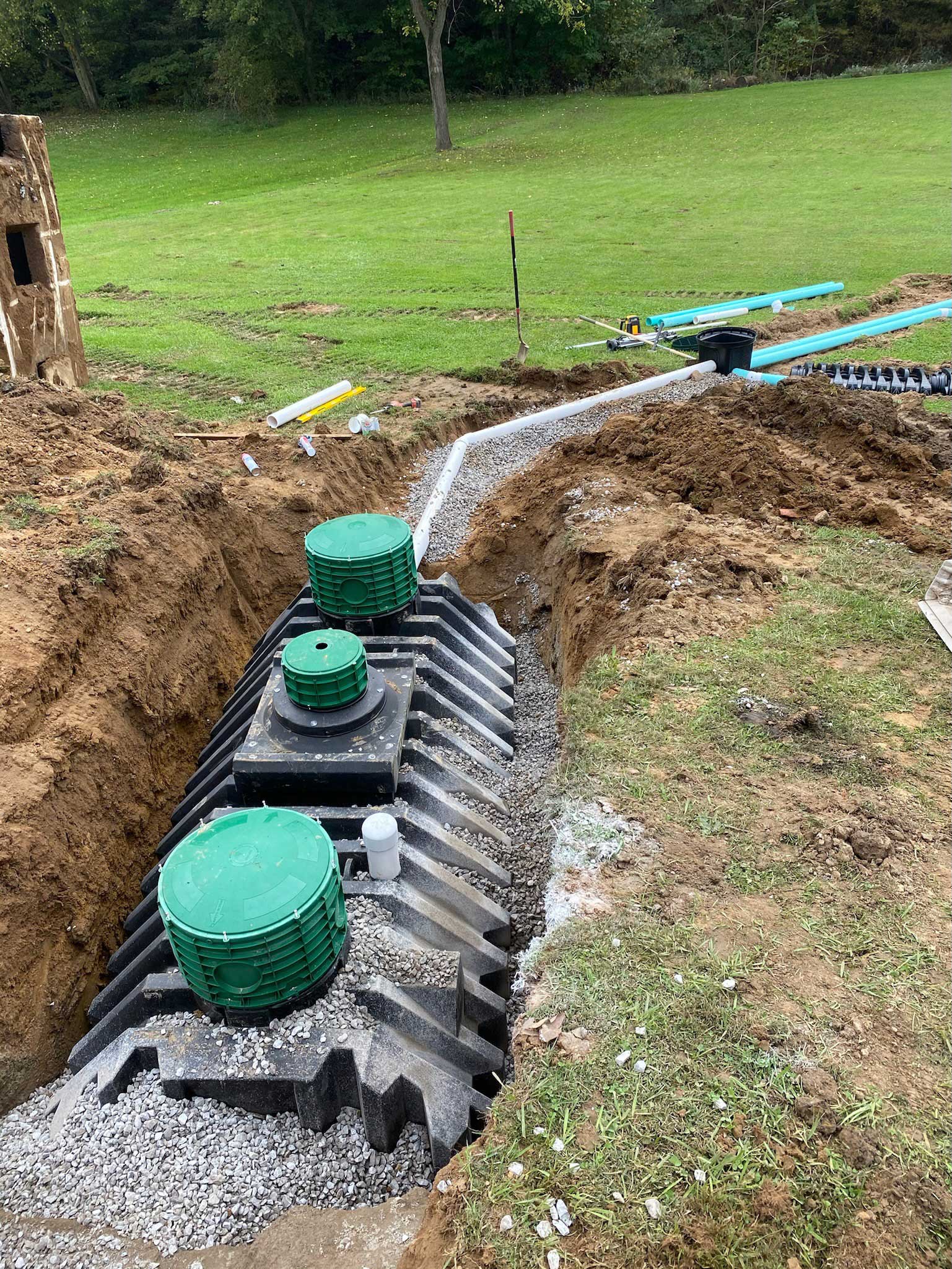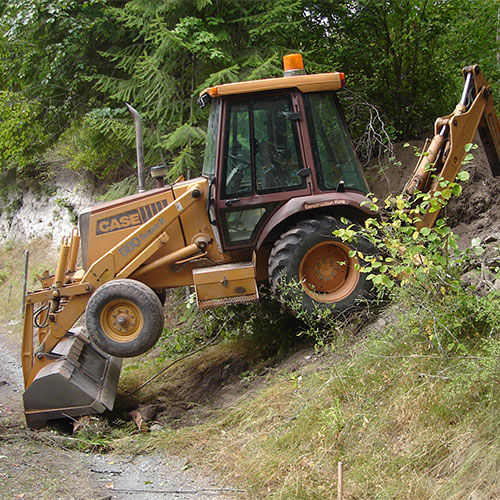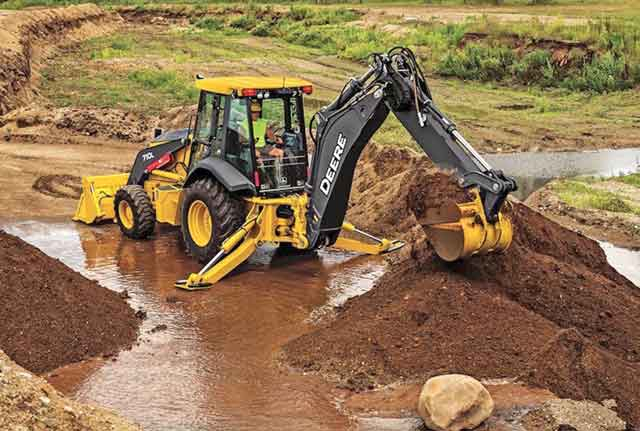Residential Excavating Ohio - Specialized Excavation for Ohio Residences
Residential Excavating Ohio - Specialized Excavation for Ohio Residences
Blog Article
Extensive Exploration: The Scientific Research Behind Superior Excavation Practices
The world of excavation practices is a domain where scientific research links with craftsmanship to uncover the mysteries concealed under the planet's surface. From ancient hand devices to modern-day hydraulic excavators, the advancement of excavation methods has actually been a testimony to human ingenuity and technological advancements. Nonetheless, what really establishes remarkable excavation practices apart is a deep understanding of geological concepts, combined with the application of innovative tools and approaches. By checking out the science behind these techniques, we can discover the keys that exist beneath our feet and value the accuracy and know-how that enter into every dig.
Development of Excavation Strategies
Throughout history, the advancement of excavation techniques has actually played an important duty beforehand building techniques and archaeological explorations. From the fundamental devices utilized by our ancestors to the sophisticated machinery employed in contemporary times, the development of excavation methods has actually substantially changed exactly how we approach various projects.
In old times, manual labor with standard tools such as shovels, pickaxes, and wheelbarrows was the key method of excavation. This labor-intensive process limited the depth and scope of excavations, commonly causing slow-moving progress and limited accessibility to specific sites. As worlds progressed, so did the tools and techniques utilized for excavation.
The Industrial Transformation noted a turning factor in excavation methods with the introduction of steam-powered machinery. This development transformed the area, permitting faster and more considerable excavations. In contemporary times, innovation plays a critical function in excavation, with developments like GPS systems, drones, and 3D scanning boosting accuracy and effectiveness in the area. The advancement of excavation techniques remains to shape the method we construct, check out, and comprehend the globe around us.
Function of Technology in Excavation

The integration of sophisticated modern technology has actually essentially reinvented the field of excavation, improving accuracy and performance to unprecedented levels. One of the key technical improvements that has actually significantly influenced excavation practices is the application of general practitioner systems. These systems permit precise mapping of excavation sites, enabling operators to properly situate underground utilities and frameworks. Furthermore, using telematics in excavation tools has made it possible for real-time tracking of machine efficiency, resulting in aggressive maintenance and enhanced functional efficiency.
Furthermore, the introduction of 3D modeling and simulation software has streamlined the preparation process for excavation tasks. Engineers and operators can currently picture the entire excavation process before breaking ground, determining potential obstacles and maximizing workflow. In conjunction with this, the execution of drones in excavation tasks has assisted in aerial surveys, volumetric measurements, and website examinations with unequaled rate and accuracy.
Geological Concepts in Excavation
An understanding of geological concepts is necessary for making certain the architectural stability and security of excavation sites. Geological factors play an why not try these out essential function in identifying the usefulness and security of excavation jobs (septic ohio). One vital geological principle to consider is the kind of soil or rock existing at the site. Various soil kinds, such as gravel, clay, or sand, have differing levels of security and need different excavation methods. Cohesive soils like clay may need additional assistance to avoid collapses, while sandy soils may be vulnerable to disintegration during excavation.
By performing detailed geological surveys and evaluation, engineers and excavators can create strategies to reduce dangers and guarantee the successful completion of excavation jobs. Eventually, integrating geological concepts right into excavation practices is critical for attaining risk-free, effective, and sustainable results.
Most Current Devices for Excavation
In the world of excavation techniques, contemporary developments in tools have actually transformed the efficiency and accuracy of excavation processes. Among continue reading this the current devices making waves in the industry is using drones geared up with innovative imaging innovation. These drones can provide comprehensive airborne studies of excavation sites, using real-time data on topography and potential risks. This details aids in better preparation and decision-making during the excavation procedure.
Another cutting-edge tool gaining appeal is the execution of 3D printing modern technology for developing custom-made excavation tools. This enables the production of specialized devices that are tailored to the particular needs of a job, raising efficiency and decreasing downtime.
Additionally, developments in materials scientific research have caused the growth of stronger and much more long lasting excavation tools. excavating ohio. Tungsten carbide-tipped excavator attachments, as an example, deal premium performance in tough ground conditions, boosting efficiency on-site
Science's Influence on Excavation Practices

In addition, clinical research study on dirt technicians and geotechnical design here are the findings has provided useful insights right into soil actions, enabling excavation experts to make enlightened choices regarding excavation techniques and soil stabilization techniques. Overall, science continues to drive advancement and improvement in excavation techniques, making excavation tasks more effective, affordable, and lasting.

Conclusion
Finally, the evolution of excavation techniques has been substantially influenced by developments in technology and a much deeper understanding of geological principles. The current tools and tools utilized in excavation have actually boosted performance and accuracy in the area. The application of clinical knowledge has actually considerably improved excavation practices, resulting in much more reliable and lasting methods for digging deep into various kinds of materials.
In the realm of excavation practices, modern innovations in devices have reinvented the effectiveness and precision of excavation processes. By leveraging scientific concepts, the excavation industry has been able to dramatically boost effectiveness, precision, and safety and security in excavation procedures. GPR permits excavation teams to non-invasively scan and map subsurface structures, utilities, and possible hazards, enabling them to plan excavation jobs with better accuracy and lowered danger of mishaps.
Additionally, clinical research on dirt technicians and geotechnical engineering has actually supplied useful understandings into soil habits, enabling excavation specialists to make enlightened decisions regarding excavation methods and soil stablizing techniques. Generally, science proceeds to drive development and renovation in excavation practices, making excavation jobs much more efficient, cost-effective, and sustainable.
Report this page